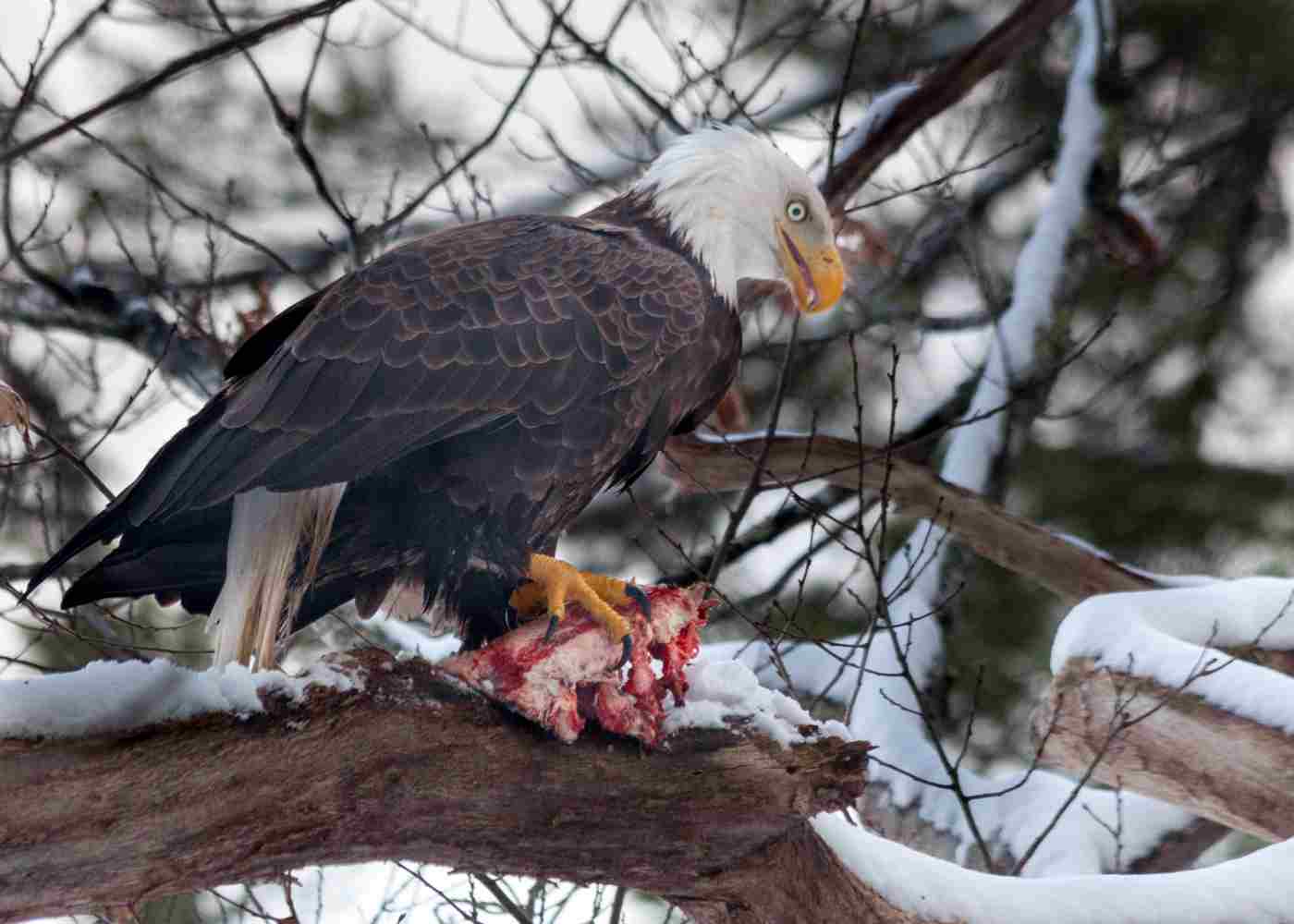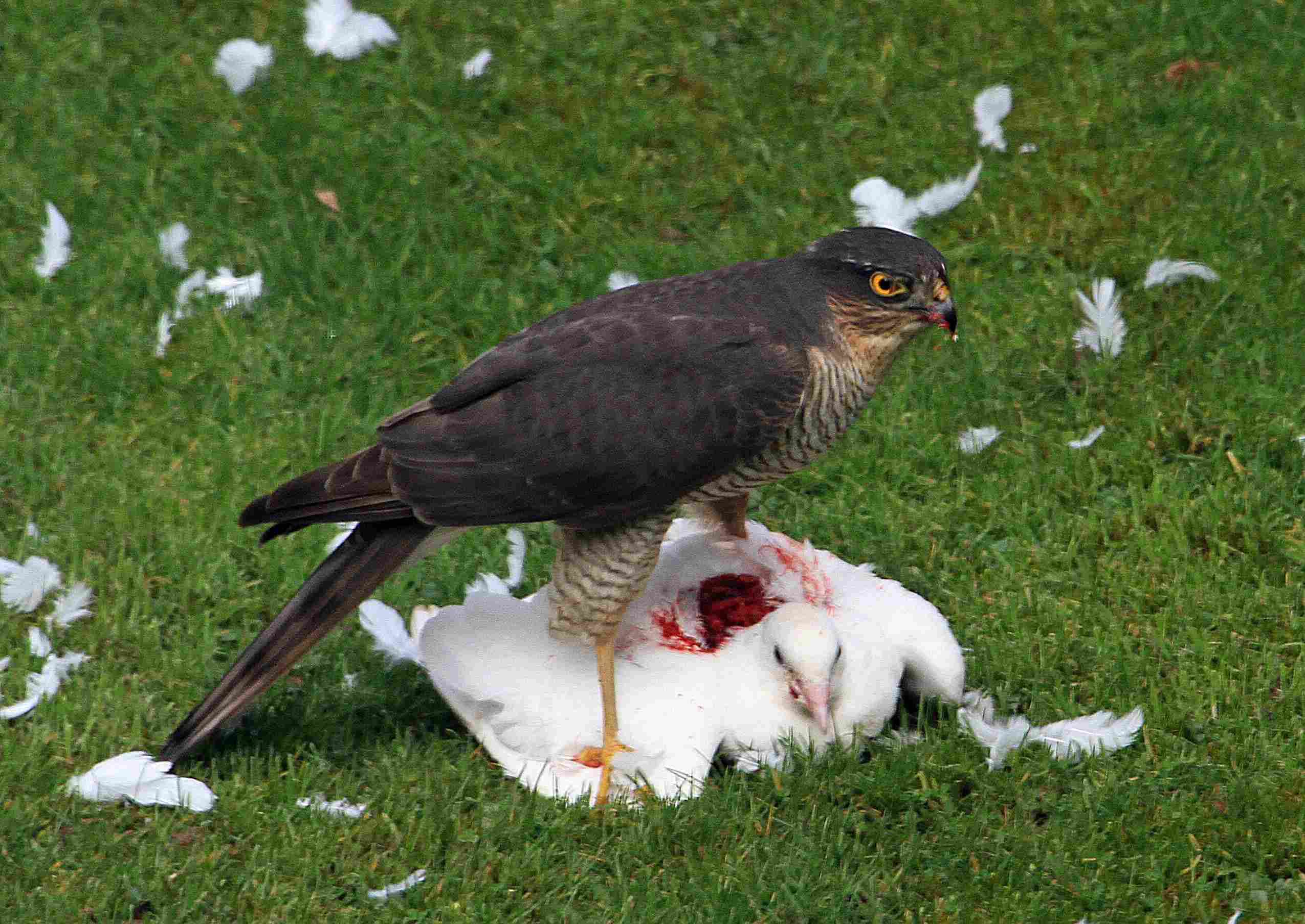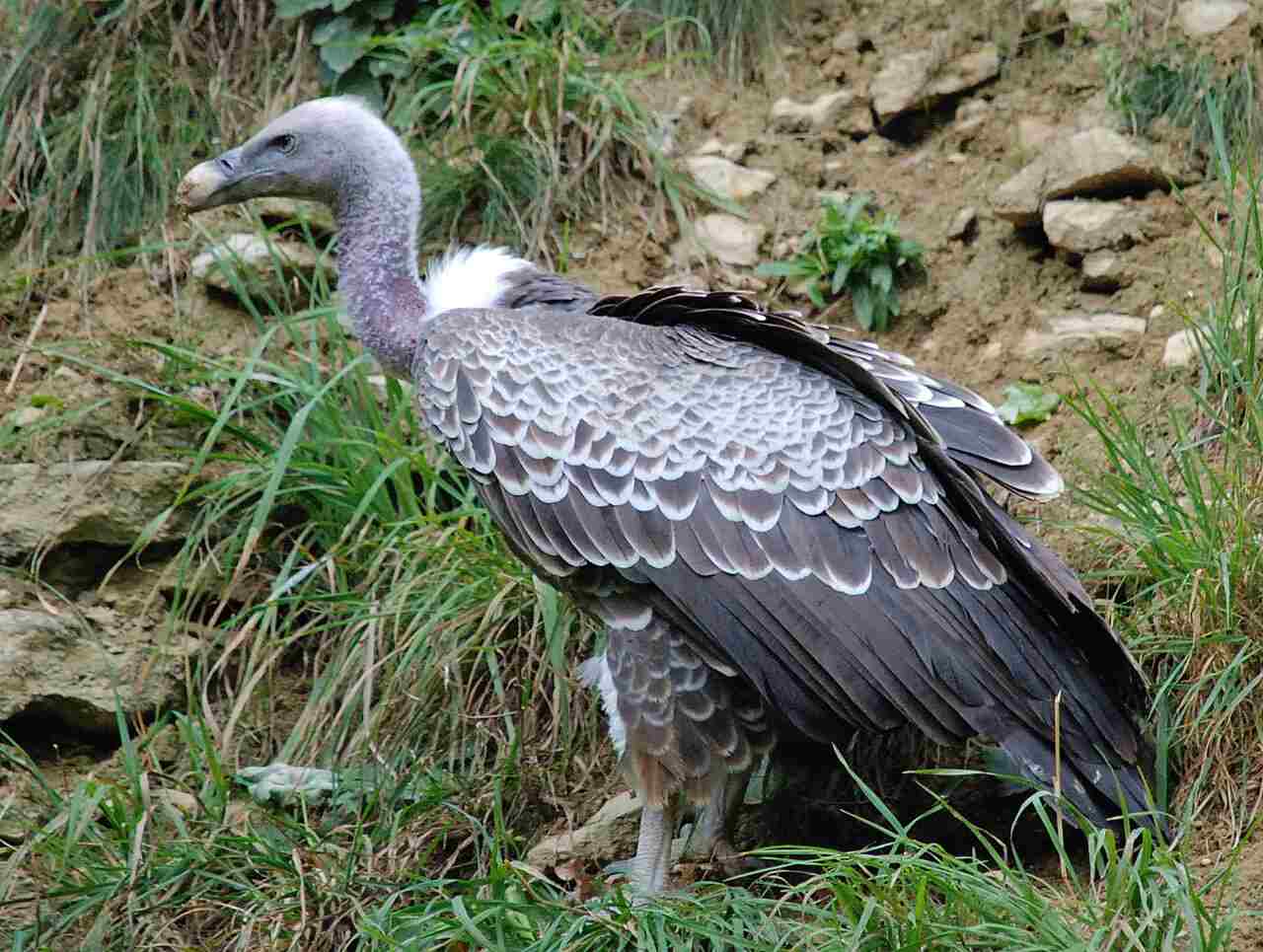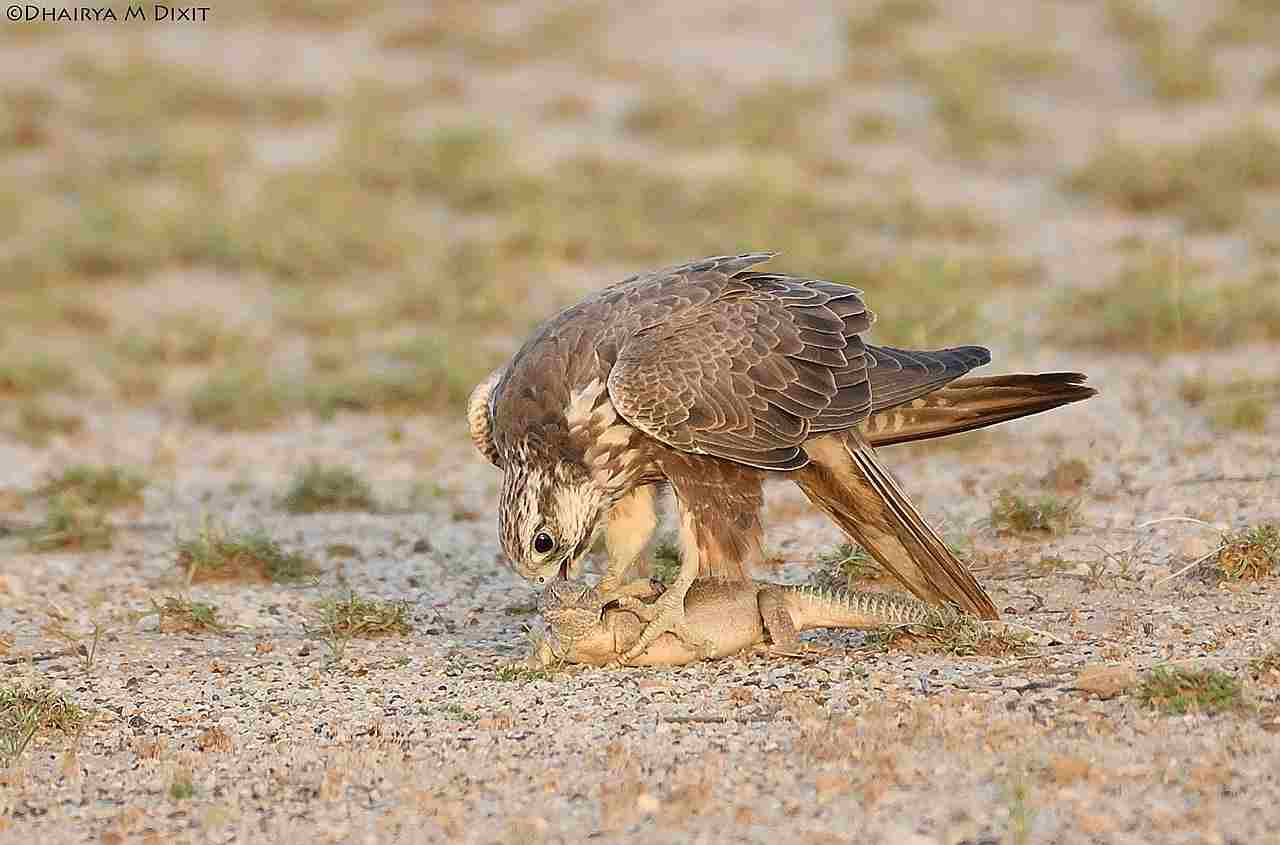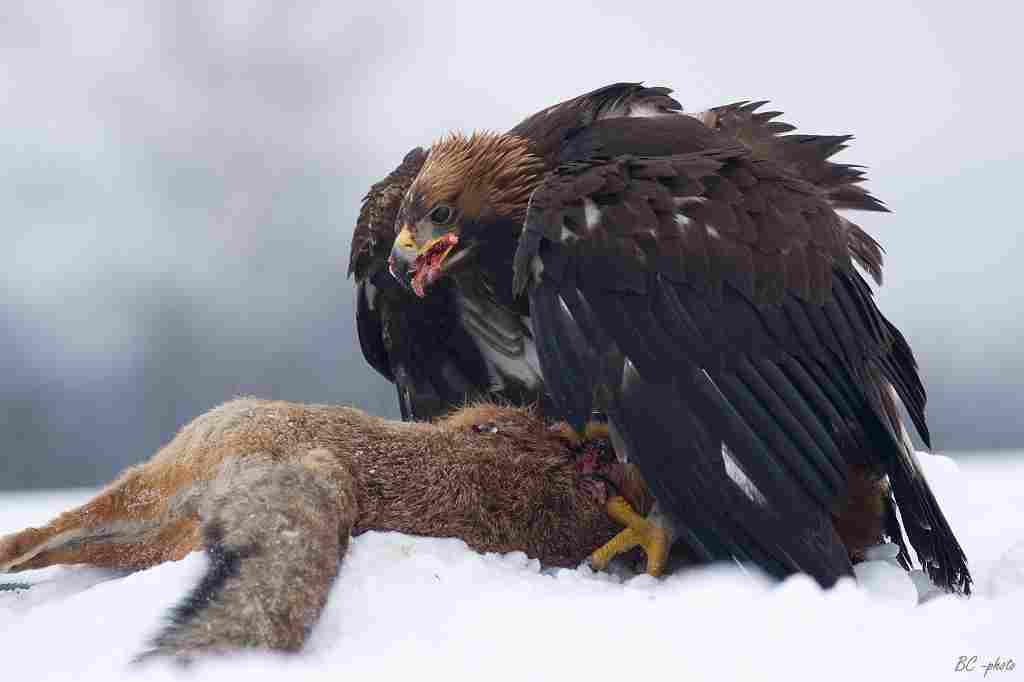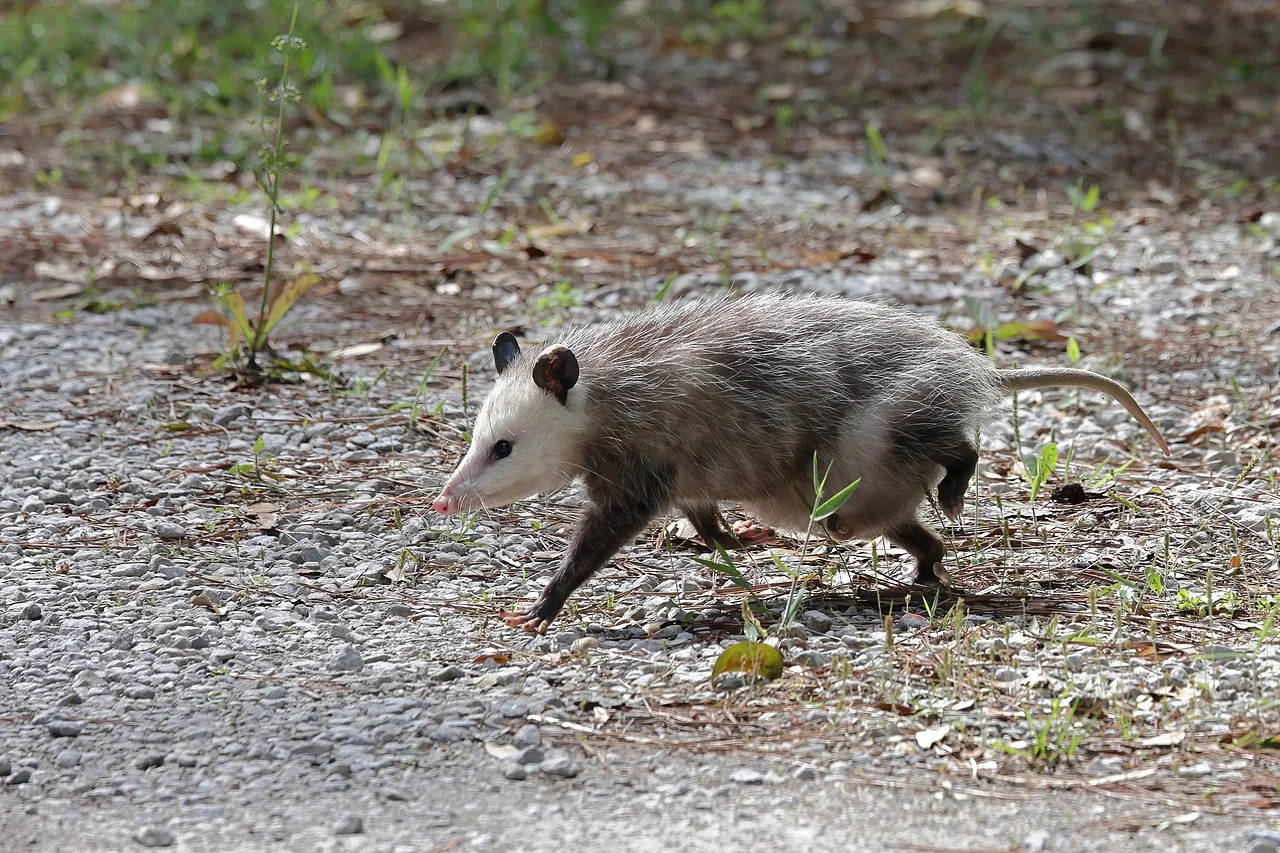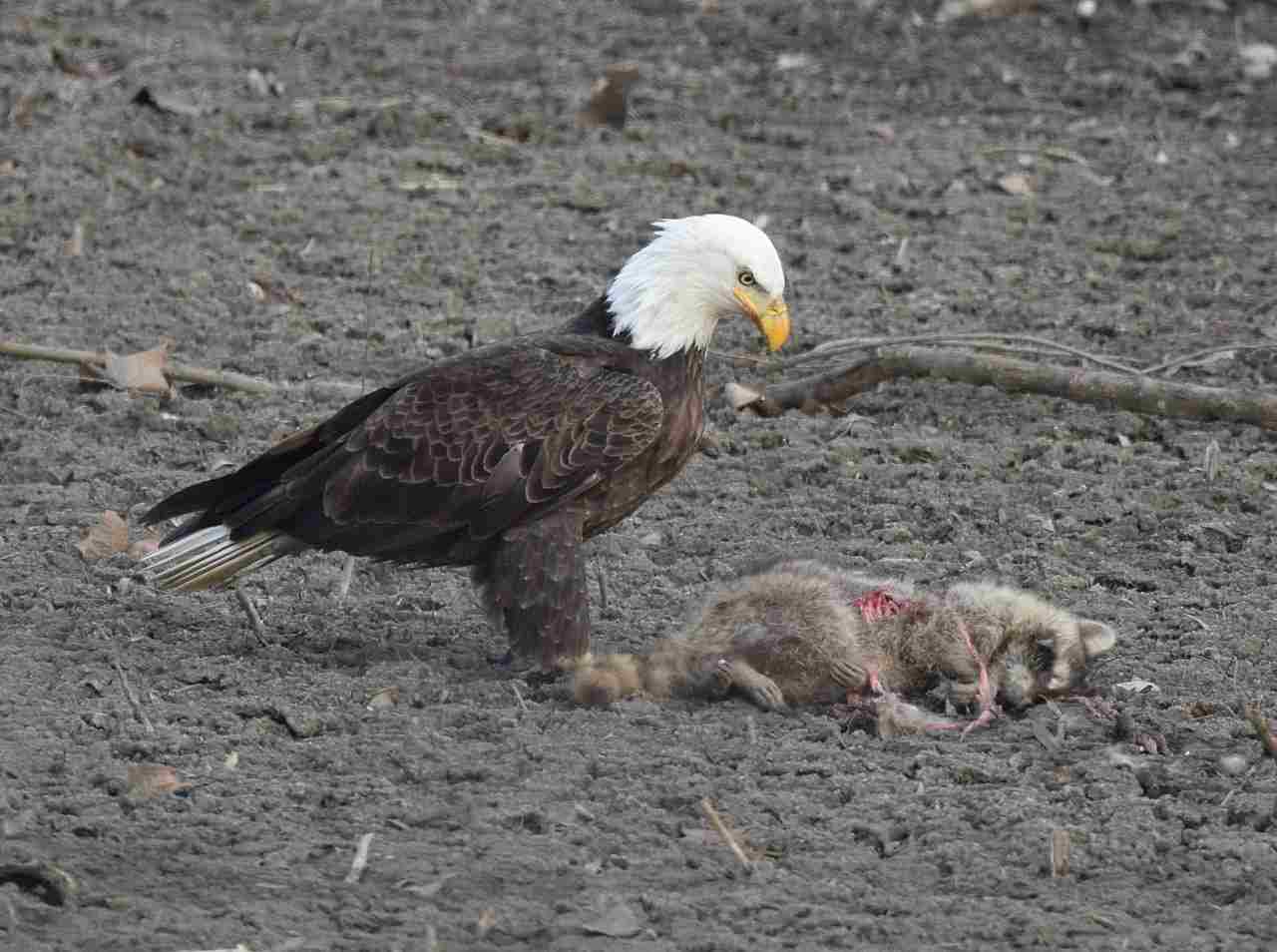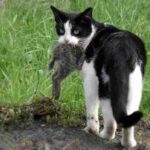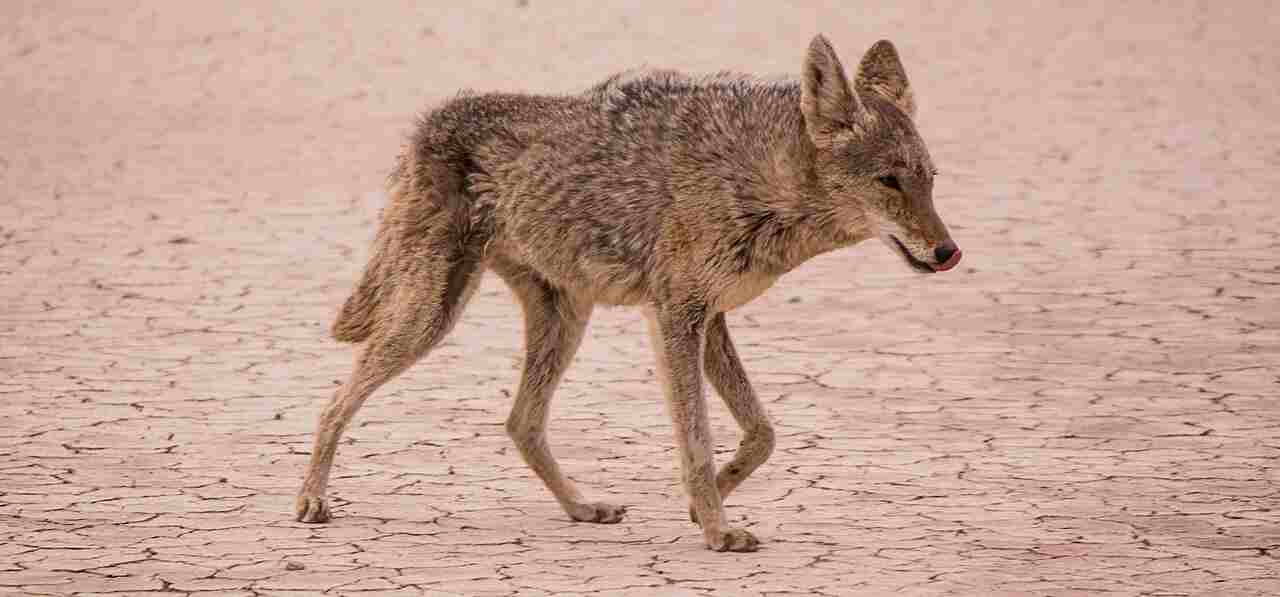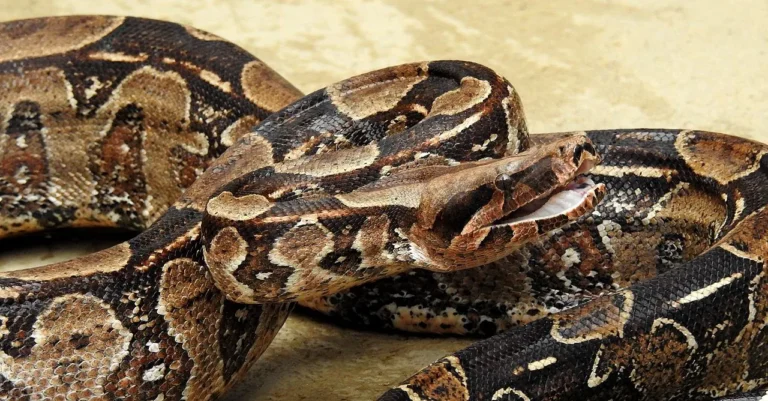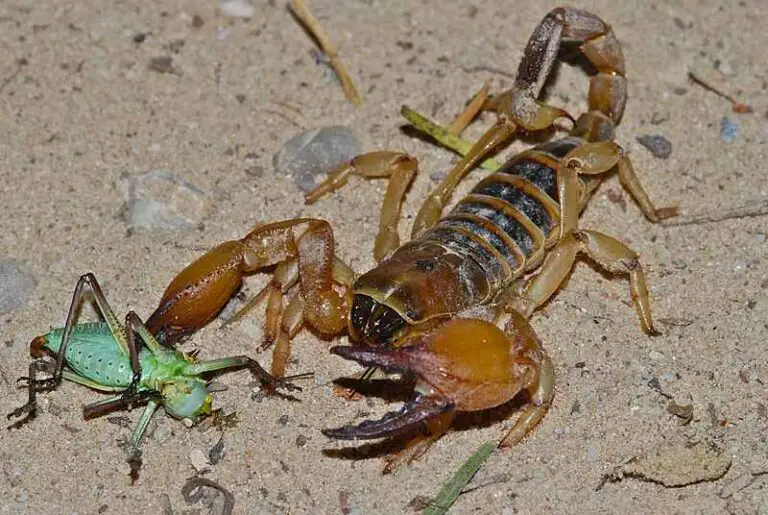9+ Bird Scavengers In The United States Discussed
Examples of bird scavengers in the United States are the Bald Eagle, Turkey Vulture, and American Crow. These birds play crucial roles in cleaning up carrion and other organic waste, contributing to a balanced ecosystem and reducing the spread of disease. The Ring-Billed Gull and Herring Gull are also common scavengers, often found around urban areas and landfills, while the critically endangered California Condor relies entirely on carrion. Though primarily hunters, some hawks also scavenge when prey is scarce, and even smaller birds like Chickadees can exhibit scavenging behaviors during harsh conditions. These scavengers collectively help maintain cleaner environments and support the natural recycling of nutrients.
1. Greater Adjutant Stork
The Greater Adjutant Stork is a large bird species known for its scavenging habits, primarily found in parts of South Asia. While it is not naturally found in the United States, it is worth noting that its relative, the Marabou Stork, shares similar scavenging traits and has occasionally been observed in parts of the United States, primarily in zoos and aviaries.
The Greater Adjutant Stork is distinguished by its tall stature, measuring up to five feet in height, with a wingspan that can reach up to eight feet. It has a robust, down-curved beak designed for tearing apart carrion and other dead or decaying organic material. Although not native to the United States, its role in scavenging ecosystems underscores the importance of such birds in maintaining ecological balance by cleaning up dead matter and reducing the spread of disease.
The stork’s presence in captivity within the U.S. serves as an educational opportunity, allowing observers to learn about its feeding habits, habitat needs, and conservation status. In their native habitats, Greater Adjutant Storks face significant threats from habitat destruction, pollution, and human encroachment. Conservation efforts are crucial to ensure these birds continue to play their role in the ecosystems where they naturally belong.
2. Bald Eagle
The Bald Eagle is a symbol of strength and freedom in the United States, known for its majestic appearance and powerful presence. While primarily a bird of prey, the Bald Eagle also exhibits scavenging behavior, often feeding on carrion, especially during winter months or when prey is scarce. This adaptive behavior contributes to their survival in various environments across North America.
Bald Eagles are easily recognizable by their white heads and tails, contrasting with their dark brown bodies. Their keen eyesight and strong talons make them formidable hunters, but they also exploit carrion, fish carcasses, and roadkill. This scavenging behavior helps maintain the health of ecosystems by removing dead animals that might otherwise attract pests or spread disease. As a result, the Bald Eagle plays a critical role in natural waste management and ecosystem balance.
3. Turkey Vulture
The Turkey Vulture, also known as the Turkey Buzzard, is a common scavenger in the United States. It is often seen soaring with its wings held in a shallow V-shape, using thermal currents to glide effortlessly across vast distances. With a wingspan of nearly six feet, these birds are well-equipped for scanning large areas in search of carrion.
Unlike most other birds, Turkey Vultures rely on their keen sense of smell to detect decomposing flesh, allowing them to find carrion hidden from sight. Their strong digestive systems can handle bacteria and toxins in decaying meat, making them crucial for preventing the spread of diseases. Turkey Vultures often work in groups, quickly cleaning up dead animals from roadsides and fields. Their presence helps maintain a cleaner and healthier environment by recycling nutrients back into the ecosystem.
4. Ring-Billed Gull
The Ring-Billed Gull is a versatile and adaptable scavenger commonly found across the United States, especially near coastal areas, lakes, and rivers. Recognizable by the black ring around its yellow beak, this gull species is highly opportunistic, feeding on a variety of food sources. Although they often consume fish, insects, and invertebrates, they are also known for scavenging human leftovers and trash.
Ring-Billed Gulls frequently congregate around landfills, garbage dumps, and urban areas, where they forage for discarded food and waste. This behavior contributes to waste management by reducing the accumulation of organic waste. However, their adaptability to human environments can sometimes lead to conflicts, as they are known to scavenge from picnic areas, parking lots, and outdoor dining spaces. Despite these challenges, their role as scavengers helps keep urban and natural landscapes cleaner and reduces the risk of disease spread from decaying waste.
5. American Crow
The American Crow is a highly intelligent and social bird found throughout the United States, often associated with scavenging behaviors. These birds are known for their adaptability, intelligence, and problem-solving skills, which allow them to thrive in a wide range of environments, from urban to rural areas. American Crows are omnivorous, feeding on a diverse diet that includes insects, small animals, grains, fruits, and carrion.
As scavengers, American Crows play an important role in cleaning up dead animals and organic waste. They are often seen around roadsides, fields, and urban areas, where they pick through discarded food and other debris. Their intelligence allows them to use tools and work cooperatively, enhancing their scavenging efficiency. However, their presence in urban settings can also lead to conflicts with humans, as they are known to raid garbage cans and other food sources. Despite these conflicts, American Crows are essential in maintaining ecological balance by removing decaying matter and reducing the risk of disease transmission.
6. Herring Gull
The Herring Gull is a widespread and adaptable scavenger found throughout North America, particularly in coastal regions, riversides, and urban areas. Recognized by their pale gray back and wings, white body, and distinctive yellow beak with a red spot, these gulls are highly opportunistic and can thrive in a variety of environments. Although they often feed on fish and other marine life, Herring Gulls are also notorious scavengers, frequently seen around landfills, docks, and urban areas where food waste is abundant.
These gulls play a significant role in reducing waste by scavenging for discarded food and carrion. Their adaptability allows them to exploit human activities, such as fishing and waste disposal, turning these into reliable food sources. However, their opportunistic nature can also lead to conflicts with humans, as they sometimes become aggressive in their search for food, raiding trash bins or competing with other birds for resources. Despite these challenges, the scavenging activities of Herring Gulls contribute to maintaining cleaner environments by removing organic waste and reducing the potential spread of disease.
7. California Condor
The California Condor is one of the largest birds in North America and a critically endangered species known for its scavenging habits. With a wingspan that can exceed 9 feet, this massive bird is primarily found in the southwestern United States, notably in California, Arizona, and Utah. California Condors are obligate scavengers, relying entirely on carrion for their diet. They often feed on the carcasses of large mammals such as deer, cattle, and elk, helping to break down and recycle organic material.
The role of California Condors in ecosystems is vital, as they help prevent the buildup of dead animals, which could otherwise lead to the spread of disease. However, the species has faced significant challenges, with historical population declines due to habitat loss, lead poisoning, and hunting. Intensive conservation efforts, including captive breeding and reintroduction programs, have been implemented to save this majestic scavenger from extinction.
California Condors’ successful reintroduction into the wild has contributed to restoring ecological balance in their native habitats. Despite ongoing challenges, including the need for continued monitoring and lead-free ammunition initiatives to reduce the risk of lead poisoning, the return of the California Condor serves as a testament to the importance of scavengers in maintaining healthy ecosystems.
8. Chickadee
Chickadees are small, agile birds found throughout the United States, often recognized for their cheerful calls and acrobatic movements. While chickadees are primarily known for their diet of insects, seeds, and nuts, they can exhibit scavenging behaviors in certain conditions, particularly during the winter months when food sources are scarce. They might scavenge on suet, leftover food, or even dead insects, contributing to the natural breakdown of organic material.
These small birds play a role in controlling insect populations, especially in forests and gardens. Chickadees often visit bird feeders, where they might scavenge on seeds and other food offerings. Their adaptable nature and willingness to explore different food sources make them valuable contributors to their ecosystems, helping to maintain a balance in their environments. Additionally, their presence at bird feeders and in backyards brings joy to many birdwatchers and nature enthusiasts.
9. Common Raven
The Common Raven is one of the most intelligent birds in the United States, known for its problem-solving abilities and complex social behaviors. As scavengers, ravens are highly versatile, often feeding on carrion, but also consuming a wide range of other foods, including insects, small animals, fruits, and seeds. Their adaptability allows them to thrive in diverse environments, from remote wilderness areas to urban settings.
Ravens are often seen around roadkill, landfills, and other places where carrion and waste are found. They have strong beaks and can use tools to break open tough food sources. Their intelligence also allows them to work in groups, creating intricate social structures. While their scavenging habits help keep the environment clean by removing dead animals and organic waste, ravens can sometimes cause problems in urban areas, where they might raid garbage cans or scavenge from outdoor dining areas. Despite these conflicts, Common Ravens play a crucial role in the ecosystems they inhabit.
10. Hawk
Hawks are birds of prey commonly found throughout the United States, known for their sharp talons and keen eyesight. Although primarily hunters, certain hawk species, such as the Red-tailed Hawk, occasionally engage in scavenging behavior. This can happen when prey is scarce or when they come across roadkill or other carrion. Scavenging can be an important survival strategy, especially in harsh weather or during lean seasons.
Hawks are often seen soaring high in the sky, scanning the ground for movement or potential food sources. When scavenging, they might compete with other scavengers, such as vultures or crows, for a share of the carrion. By consuming dead animals, hawks help prevent the spread of disease and contribute to the recycling of nutrients back into the ecosystem. This role as occasional scavengers complements their primary role as predators, contributing to a balanced food chain in their habitats.
*Summary
-
Greater Adjutant Stork
-
Large bird, not native to the United States but similar to the Marabou Stork.
-
Stands up to five feet tall, with an eight-foot wingspan.
-
Feeds on carrion and dead organic material.
-
Important for maintaining ecological balance by reducing disease spread.
-
-
Bald Eagle
-
Symbol of the United States; scavenges for carrion, especially in winter.
-
Known for its white head and tail, dark brown body.
-
Contributes to waste management by consuming dead animals and fish carcasses.
-
Important for ecosystem health and natural waste removal.
-
-
Turkey Vulture
-
Common scavenger in the U.S., uses a keen sense of smell to locate carrion.
-
Characterized by a nearly six-foot wingspan, soars with wings in a shallow V-shape.
-
Strong digestive system allows them to eat decomposing flesh without harm.
-
Helps prevent disease spread and contributes to a clean environment.
-
-
Ring-Billed Gull
-
Widespread scavenger, recognizable by the black ring around its yellow beak.
-
Often found near landfills, garbage dumps, and urban areas, feeding on discarded food.
-
Helps reduce waste but can cause conflicts in human-populated areas.
-
Plays a role in urban and natural waste management.
-
-
American Crow
-
Highly intelligent and social, scavenges a variety of food sources, including carrion.
-
Known for problem-solving skills and adaptability in urban and rural settings.
-
Cleans up dead animals, reducing disease spread.
-
Can cause conflicts by raiding garbage cans and other food sources in urban areas.
-
-
Herring Gull
-
Common scavenger in coastal regions and urban areas, with a yellow beak and red spot.
-
Feeds on discarded food, fish, and carrion.
-
Contributes to waste management but can be aggressive in search of food.
-
Helps maintain cleaner environments by removing organic waste.
-
-
California Condor
-
Critically endangered scavenger, one of the largest birds in North America.
-
Relies entirely on carrion, feeding on carcasses of large mammals.
-
Plays a critical role in preventing disease spread by cleaning up dead animals.
-
Conservation efforts focus on captive breeding and reintroduction to save the species.
-
-
Chickadee
-
Small bird, primarily insectivorous but can scavenge for food during winter.
-
Helps control insect populations and contributes to natural breakdown of organic material.
-
Often seen at bird feeders, adaptable in various environments.
-
Provides joy to birdwatchers and helps maintain ecosystem balance.
-
-
Common Raven
-
One of the most intelligent birds, feeds on carrion and a wide range of other foods.
-
Known for problem-solving skills and complex social behaviors.
-
Scavenging contributes to natural waste management and ecosystem health.
-
May cause conflicts in urban areas by raiding garbage cans or outdoor dining areas.
-
-
Hawk
-
Birds of prey that occasionally scavenge when prey is scarce.
-
Consume roadkill or other carrion, contributing to ecosystem health.
-
Often competes with other scavengers like vultures and crows.
-
Provides balance in the food chain by complementing their role as predators.
-
| Scavenger |
Key Characteristics
|
| Greater Adjutant Stork |
Large stork; not native to the U.S.; scavenges carrion; plays a role in ecological balance.
|
| Bald Eagle |
Iconic U.S. bird; scavenges carrion; white head and tail; contributes to waste management.
|
| Turkey Vulture |
Common scavenger; uses smell to find carrion; strong digestive system; cleans up decomposing material.
|
| Ring-Billed Gull |
Widespread gull; scavenges discarded food; often found in landfills; helps reduce waste but can cause conflicts.
|
| American Crow |
Intelligent and social; scavenges carrion and other food sources; adaptable in urban and rural areas.
|
| Herring Gull |
Common coastal scavenger; feeds on discarded food and carrion; helps reduce waste but can be aggressive in urban areas.
|
| California Condor |
Critically endangered; one of the largest birds; relies on carrion; crucial for ecological balance; conservation efforts ongoing.
|
| Chickadee |
Small bird; primarily insectivorous but can scavenge; controls insect populations; often seen at bird feeders.
|
| Common Raven |
Highly intelligent; feeds on carrion; strong problem-solving skills; scavenges and contributes to natural waste management.
|
| Hawk |
Predatory bird; occasionally scavenges; consumes roadkill or carrion; helps maintain ecological balance.
|
